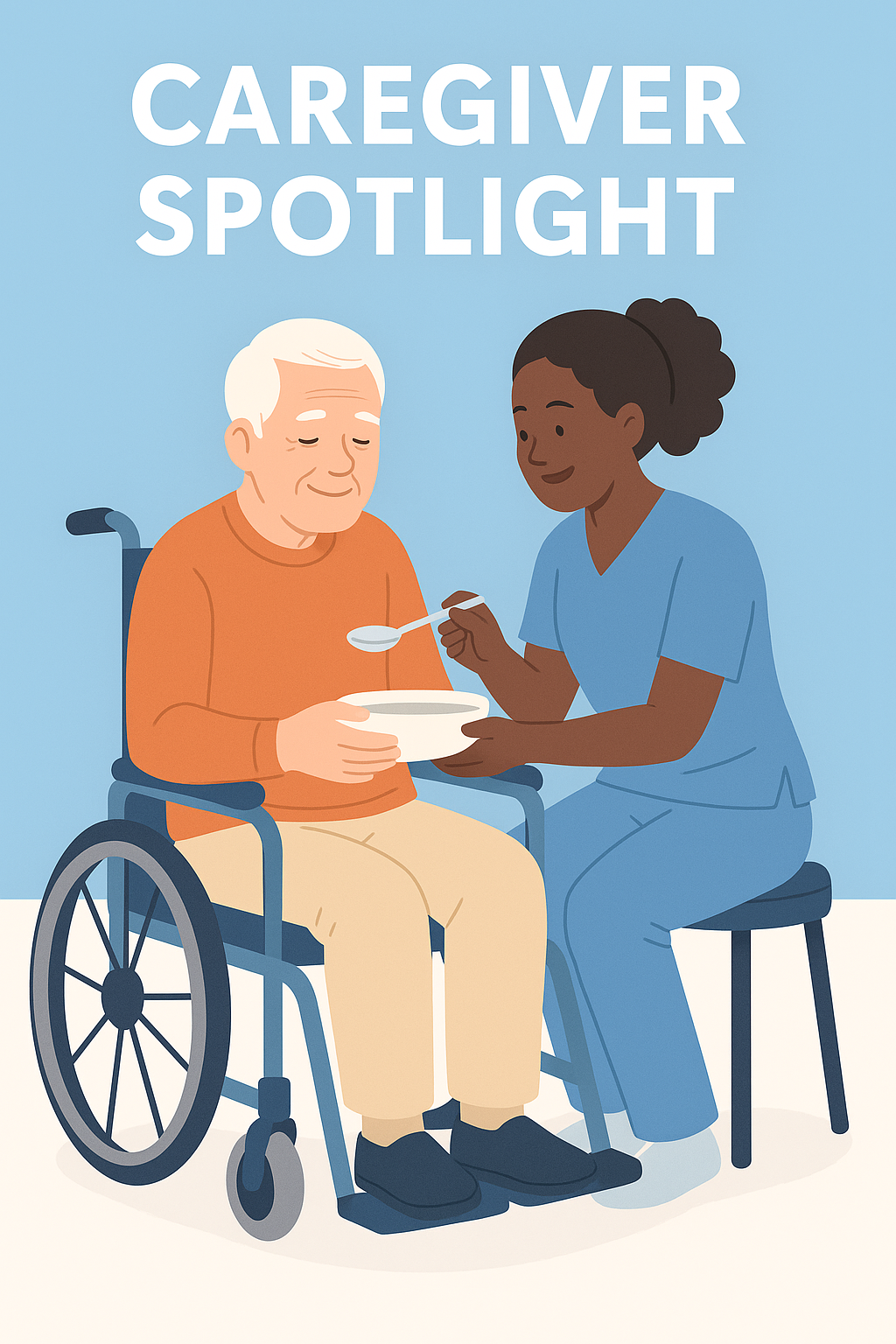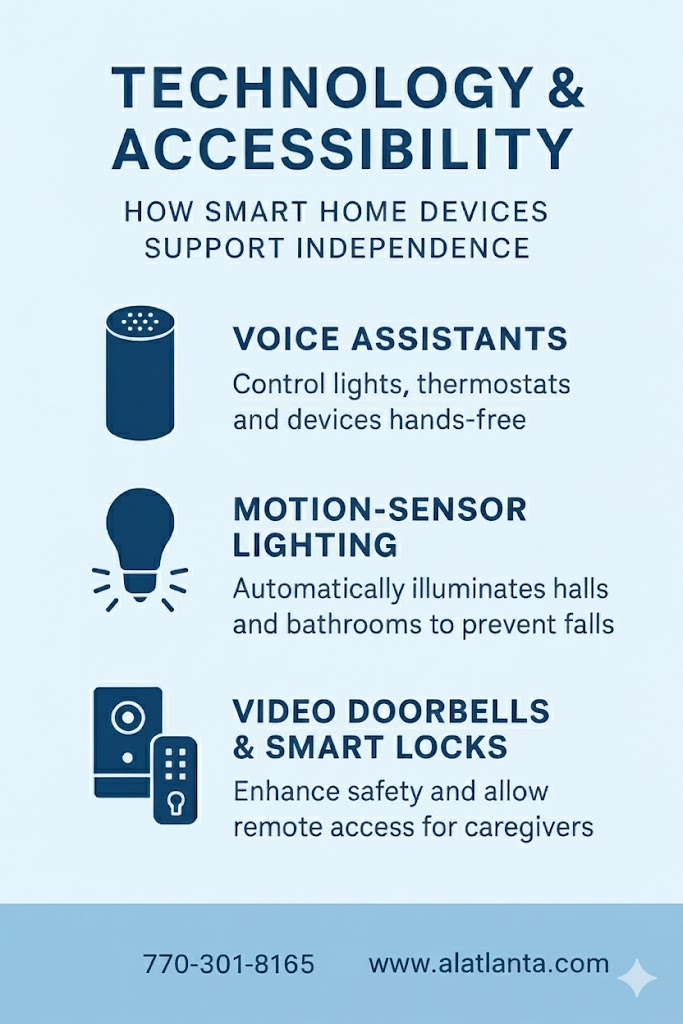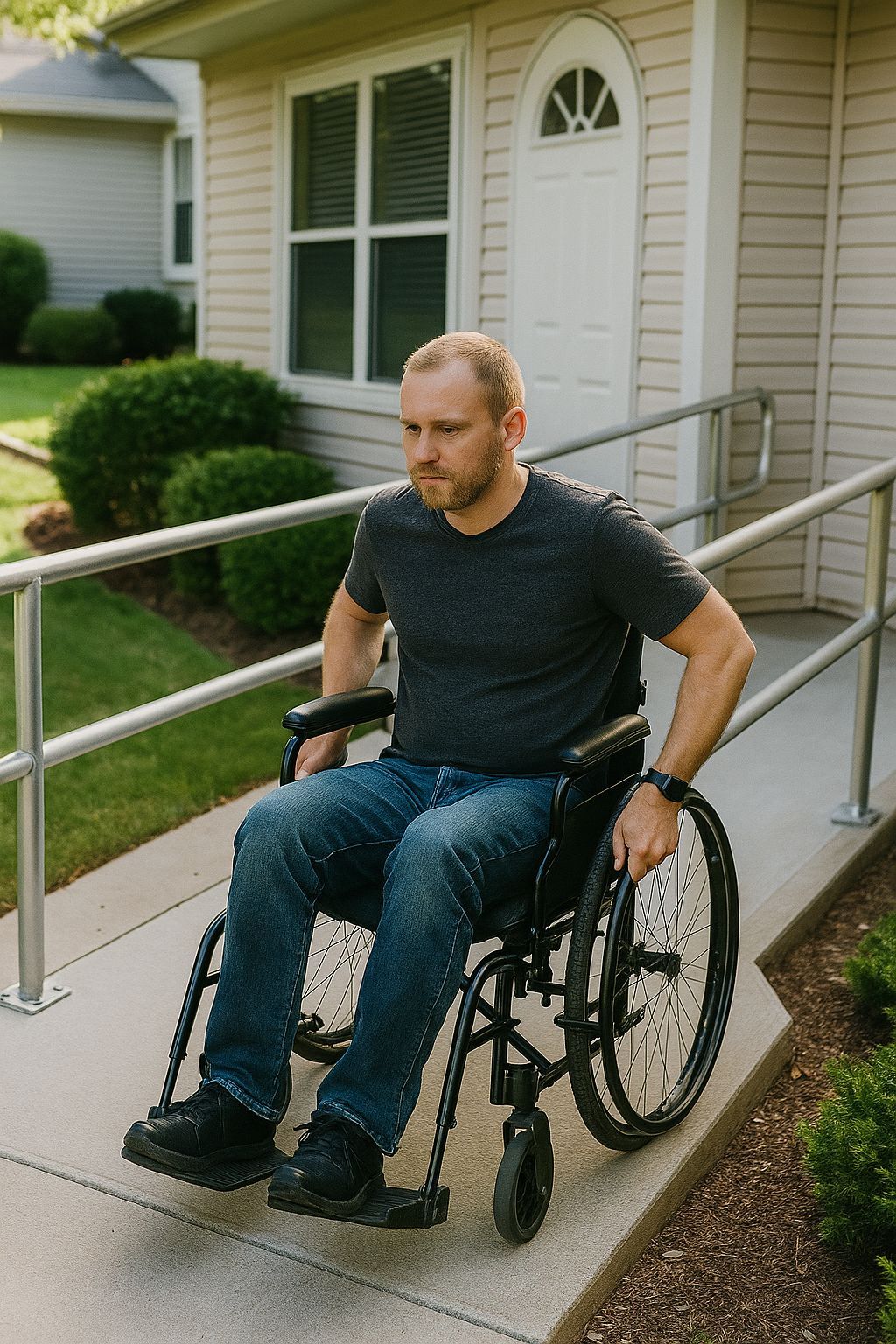Federal Nursing Home Staffing Standards to Increase Care Hours for Residents
A new rule also requires registered nurses to be on site around the clock.
The Biden administration has set minimum staffing levels for nursing homes for the first time under a rule announced Monday, which establishes comprehensive staffing requirements and requires facilities to have a registered nurse on site at all times.
The announcement, made by Vice President Kamala Harris, comes in response to concerns about the adequacy of care in nursing homes in general as well as about 188,000 nursing home resident deaths since the COVID-19 pandemic. The pandemic also exacerbated long-standing staffing shortages in nursing homes.

Get instant access to members-only products and hundreds of discounts, a free second membership, and a subscription to AARP the Magazine.
The new rule, which was proposed in September by the Centers for Medicare & Medicaid Services (CMS), requires that nursing homes that receive funding through Medicare and Medicaid provide the staffing equivalent of at least 3.48 hours of nursing care per resident, per day. That includes 0.55 hours of care from a registered nurse and 2.45 hours of care from a nurse aide each day, according to a White House fact sheet.
A registered nurse also must be on site 24 hours a day, seven days a week, to provide skilled nursing care at the facilities, which are home to about 1.2 million people nationwide, according to the new rule.
Requirements for additional hours of nursing care will prevent workers from being “stretched too thin” and bar nursing homes from understaffing sites, the White House noted.
“When facilities are understaffed, residents may go without basic necessities like baths, trips to the bathroom, and meals – and it is less safe when residents have a medical emergency,” the White House fact sheet noted.
Minimum staffing requirements will “help protect the basic rights of residents to live in dignity” and is long overdue, especially for facilities that are funded through taxpayer dollars, Nancy LeaMond, AARP’s executive vice president and chief advocacy and engagement officer, said in a statement.
“Far too many residents and families have experienced tragic consequences because of poorly staffed facilities,” LeaMond said in the statement, adding that “ensuring nursing homes are adequately staffed will improve the quality of care residents receive and can give family caregivers peace of mind, knowing their loved ones are living with the quality of life they deserve.”
More staff likely needed
Many nursing home facilities will need to hire staff to meet the new requirements, the White House said, noting that a facility with 100 residents would need two or three registered nurses and at least 10 or 11 nurse aides, as well as two additional nurse staff, who could be registered nurses, licensed professional nurses or nurse aides, per shift to meet the new standards.
President Joe Biden pushed for minimum staffing levels in nursing homes in his 2022 State of the Union address. The COVID-19 pandemic highlighted long-term problems in nursing homes, including the decline in staffing, issues regarding infection control deficiencies and inadequate oversight.
Current law requires facilities to have licensed nursing services around the clock that are “sufficient” to “maintain the highest practicable physical, mental, and psychosocial well-being of each resident.”
Nursing home industry groups said the new rule and requirements will be hard to meet because of staff shortages.
The American Health Care Association (AHCA), a national lobbying group representing more than 14,000 long-term care providers, issued a statement calling the rule “an unreasonable standard.” The group said the new staff requirements could lead to nursing home shutdowns and the displacement of residents.
“Issuing a final rule that demands hundreds of thousands of additional caregivers when there’s a nationwide shortfall of nurses just creates an impossible task for providers,” the AHCA said in a statement. “This unfunded mandate doesn’t magically solve the nursing crisis.”
The new staffing requirements will be introduced in phases, with rural communities given a longer time to comply, according to the White House. Limited, temporary exemptions also will be available for the around-the-clock nurse requirement and the staffing standards in areas where there are workforce shortages and a good faith effort to hire.
The announcement Monday comes one month after a federal government report highlighted lessons learned from the pandemic for nursing homes and found that CMS should do more to prevent staffing shortages in nursing homes and strengthen infection controls to better protect residents after the COVID-19 pandemic.
Toby Edelman, a senior policy attorney at the Center for Medicare Advocacy, a legal nonprofit working to advance access to health care coverage, said the new rule doesn't end the discussion of staffing levels. Each facility must annually conduct an assessment to determine the nursing needs of its residents and to ensure it has enough staff with the skills to meet those needs.
"Properly implemented and enforced, the facility assessment process will require many facilities to implement higher staffing levels than the minimums announced today," he said in a statement.
Maura Kelly Lannan is a writer, editor and producer for AARP who covers federal and state policy. She has worked as a reporter for the Associated Press, the Chicago Tribune and the Waterbury, Connecticut, Republican-American. She also has written for Bloomberg Government, The Boston Globe and other publications.
#homeaccessibility #homemodification #homehealthcare #aginginplace #aginggracefully #caregivers #disability #disabilityawareness #wheelchairuser #wheelchairaccessible #spinalcordinjury #physicallychallenged #safetyathome #elderlycare #graytsunami #healthylifestyle #accessiblematters #userfriendlyhome




